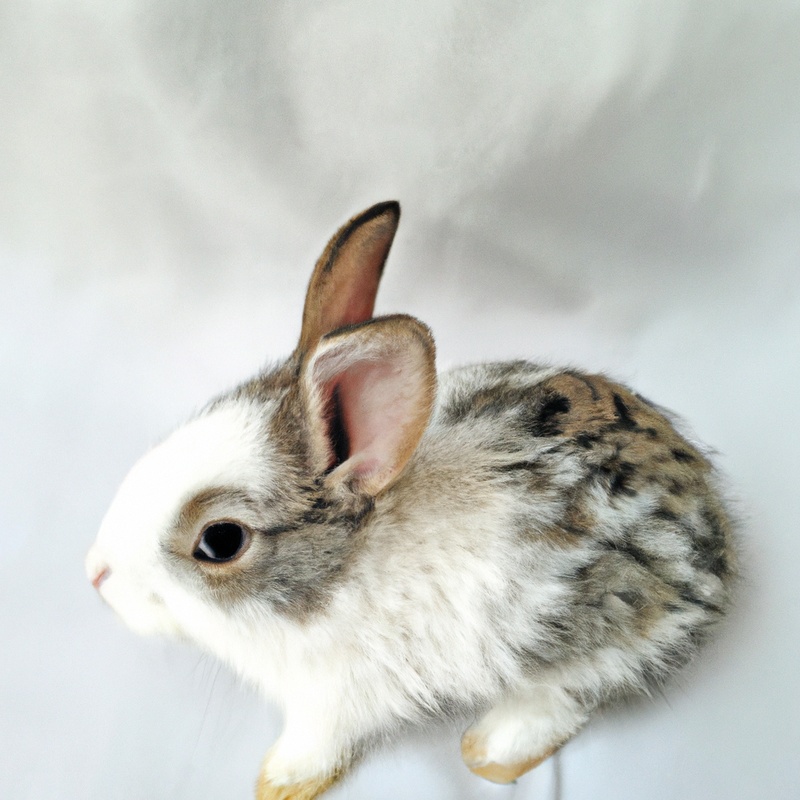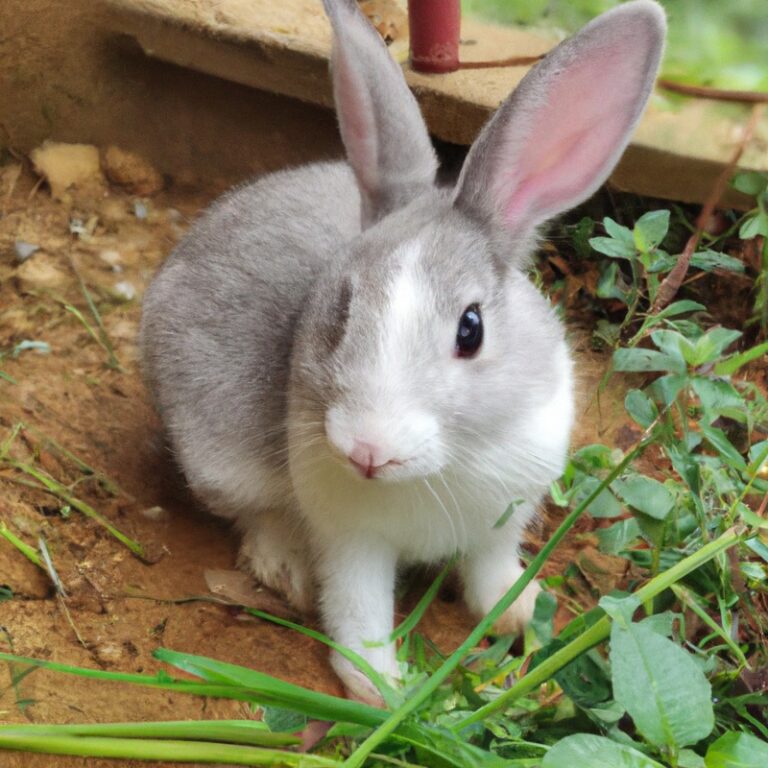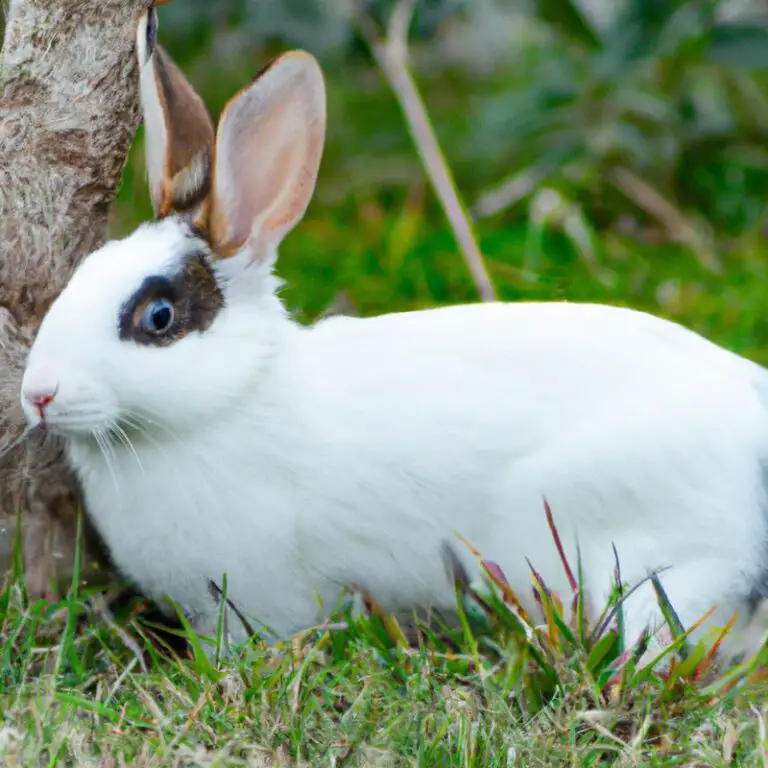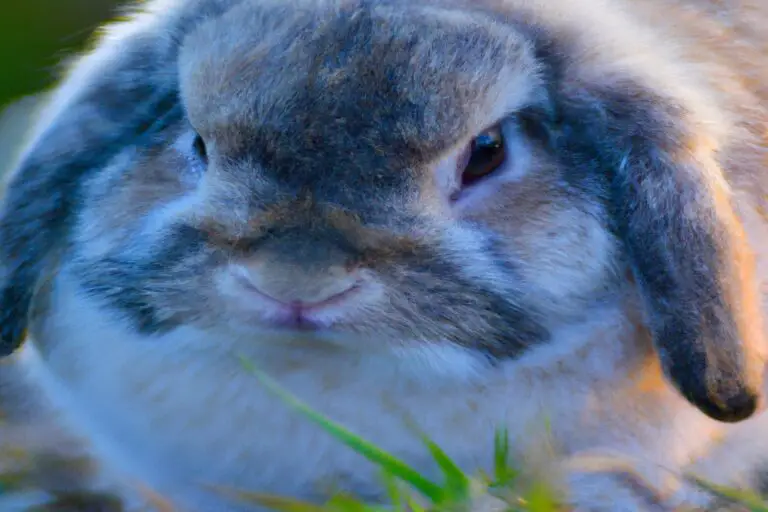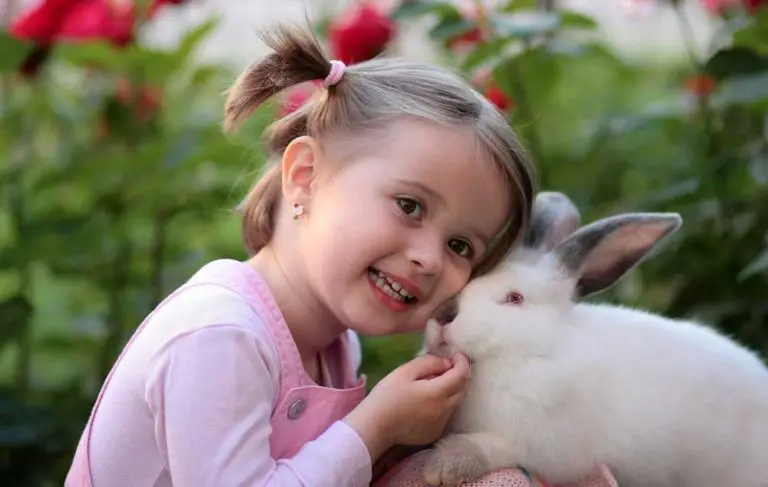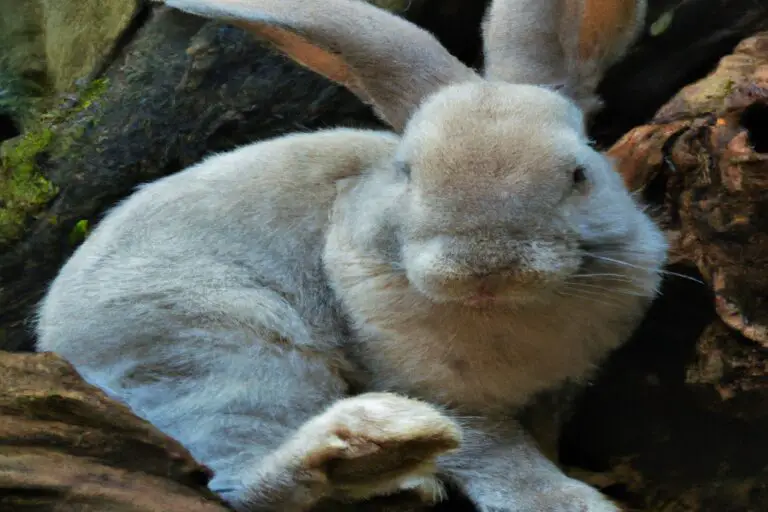Rabbit Housing Solutions: From Cages To DIY Hutches And Play Areas
Key Takeaways:
- Providing rabbits with spacious living areas is essential for their health and well-being.
- DIY hutches and play areas can offer more comfortable and stimulating environments for rabbits compared to traditional cages.
- Rabbit owners should prioritize safety and security when designing and building their own rabbit housing solutions.
- Regular cleaning and maintenance are crucial to ensure a clean and hygienic living environment for rabbits in both cages and DIY hutches.
Are you a proud bunny caretaker looking for the best housing solutions for your furry friend? Look no further! In this article, we will explore the world of rabbit housing, from traditional cages to DIY hutches and even creating a rabbit-friendly play area.
Say goodbye to cramped cages and hello to spacious, cozy homes tailored to meet your rabbit’s needs.
We’ll discuss the benefits of each option, provide helpful tips for setup and maintenance, and answer your burning questions about rabbit housing. Get ready to upgrade your rabbit’s living arrangements and provide them with the ultimate bunny paradise!
| Rabbit housing solutions | Pros | Cons |
| Cages | – Easy to clean and maintain – Provides safety and security for rabbits – Suitable for small spaces | – Limited space for rabbits to move around – Lack of enrichment – Can cause health issues if not cleaned regularly |
| DIY hutches | – Offers more space for rabbits to move and play – Can be customized to meet specific needs – Provides protection against weather elements | – Requires time and effort to build – May require maintenance and repairs – Can be expensive depending on materials used |
| Play areas | – Provides ample space for rabbits to exercise and explore – Offers mental stimulation – Promotes natural behaviors | – Requires a large area – More difficult to clean – Need to ensure safety from predators |
Traditional Rabbit Housing: Cages
Traditional Rabbit Housing: Cages provide a convenient and controlled environment for housing rabbits.
Benefits of Using Rabbit Cages
Rabbit cages have several benefits for your furry friend. Firstly, they provide a safe and secure environment, ensuring your rabbit’s safety from predators and other pets.
Secondly, cages help in managing your rabbit’s diet by limiting access to food and preventing overeating.
Thirdly, they make it easier to monitor your rabbit’s health and behavior, as well as maintain cleanliness. Additionally, cages can be easily moved and provide a designated space for your rabbit to rest and sleep comfortably.
So, consider using a rabbit cage to create a suitable living space for your adorable pet!
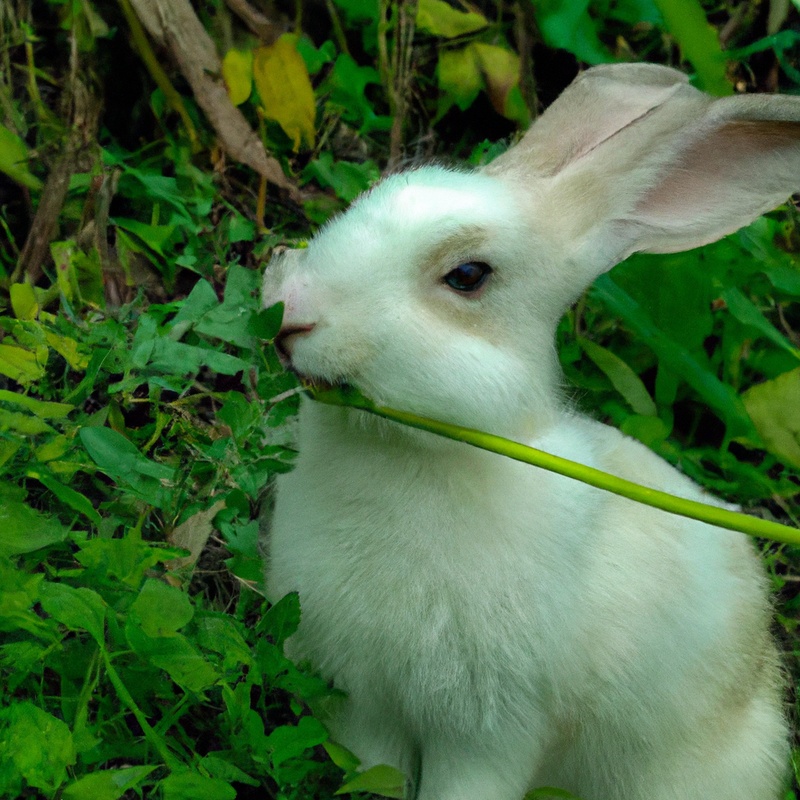
Types of Rabbit Cages
There are several types of rabbit cages available for you to choose from.
Here are a few options:
- Wire Cages: These cages are made from wire mesh and have a solid bottom. They provide good ventilation and are easy to clean. However, they may not be suitable for rabbits with sensitive feet.
- Plastic Cages: These cages are made from sturdy plastic and usually have a wire top for ventilation. They are lightweight, easy to clean, and provide protection from drafts. However, they may not be as durable as wire cages.
- Hutch-Style Cages: These cages resemble small houses and provide more space for your rabbit to move around. They usually have separate areas for sleeping and eating. Hutch-style cages are often made of wood and wire mesh.
- Indoor Cages: If you plan to keep your rabbit indoors, there are specially designed cages available. These cages are usually larger in size and may have multiple levels for your rabbit to explore.
When choosing a rabbit cage, consider your rabbit’s size, needs, and the available space in your home.
It’s important to provide a comfortable and safe environment for your furry friend.
Tips for Setting Up a Rabbit Cage
Setting up a rabbit cage can be a fun and enjoyable task. Here are some tips to help you create a comfortable and safe environment for your furry friend:
- Size matters: Ensure that the cage is spacious enough for your rabbit to hop, stretch, and stand on its hind legs. A general rule is that the enclosure should be at least four times the length of your rabbit.
- Provide bedding: Choose a suitable bedding material, such as hay or straw, to keep your rabbit comfortable and absorb any waste. Avoid using cedar or pine shavings, as they can be harmful to their respiratory system.
- Include hiding spots: Rabbits appreciate a safe place to retreat and feel secure. Consider adding a hideout, such as a small box or tunnel, where your rabbit can relax and rest.
- Add toys and enrichment: Keep your rabbit entertained by providing suitable toys and activities. This can include chew toys, tunnels, and puzzle feeders to stimulate their natural instincts.
- Water and food accessibility: Ensure that your rabbit always has access to fresh water and a balanced diet. Use a water bottle or bowl that is securely attached to the cage and provide a hay rack or feeding bowl.
Remember, rabbits are social animals that also need time outside their cage to exercise. Creating a comfortable and stimulating environment inside the cage is just one part of providing a happy and healthy life for your furry friend.
Alternative Rabbit Housing: DIY Hutches
Build your own rabbit hutch as an alternative housing option.
Benefits of DIY Hutches for Rabbits
DIY hutches for rabbits have several benefits.
- Customization: You have the freedom to design a hutch that suits your rabbit’s specific needs and preferences.
- Cost-effective: Building your own hutch can be more affordable compared to buying a pre-made one, as you can use materials that are readily available or even repurpose items.
- Size and Space: DIY hutches can be constructed to provide ample space for your rabbit to move around and exercise.
- Durability: By using quality materials and construction techniques, you can ensure that the hutch is sturdy and long-lasting.
- Bonding opportunities: Building a hutch yourself allows you to spend quality time with your rabbit, strengthening your bond.
- Creative outlet: Designing and building a hutch can be a fun and rewarding project, allowing you to showcase your creativity.
- Satisfaction: Knowing that you have created a safe and comfortable home for your rabbit can bring a sense of achievement and satisfaction.
Materials and Tools Needed for Building a DIY Hutch
To build a DIY hutch for your rabbit, you’ll need the following materials and tools: Materials:
- Wood: Choose a sturdy and non-toxic wood like plywood or exterior-grade lumber.
- Wire mesh: Use a wire mesh with small openings to keep your rabbit safe and secure.
- Screws or nails: These will be used to assemble the hutch.
- Hinges: Required if you want to add a door for easy access.
- Latches: Use latches to securely close the door or ramp.
Tools:
- Saw: A saw will be needed to cut the wood to the desired size.
- Drill: Use a drill to create holes for screws or nails.
- Screwdriver or hammer: Use a screwdriver or hammer to drive screws or nails into the wood.
- Wire cutter: Required to cut the wire mesh to the appropriate size.
- Measuring tape: Used to measure the dimensions of the hutch accurately.
Remember to prioritize safety when choosing materials, and make sure the tools you’re using are suitable for the task.
Steps to Build a Rabbit Hutch
To build a rabbit hutch, start by choosing a suitable location and size for the hutch. Next, gather the necessary materials such as wood, wire mesh, hinges, and a latch.
Construct the frame of the hutch using the wood, making sure it is sturdy and secure.
Attach the wire mesh to create the walls and roof of the hutch, leaving openings for ventilation. Install the hutch door using the hinges and latch for easy access.
Lastly, add bedding and accessories to make the hutch comfortable for your rabbit.
Tips for Maintaining and Cleaning a Rabbit Hutch
Maintaining and cleaning a rabbit hutch is essential for your furry friend’s health and well-being. Here are some tips to help you keep the hutch clean:
- Remove waste daily: Scoop out any droppings or soiled bedding from the hutch on a daily basis. This will prevent odors and keep the hutch tidy.
- Deep clean regularly: Every few weeks, remove your rabbit from the hutch and give it a thorough cleaning. Scrub the surfaces with a mild rabbit-safe cleanser and rinse well.
- Replace bedding: Fresh bedding is important for your rabbit’s comfort and hygiene. Replace it regularly, keeping in mind that some rabbits may require more frequent changes.
- Check for signs of pests: Regularly inspect the hutch for signs of pests like fleas, ticks, or mites. If any are found, consult with a veterinarian for appropriate treatment.
- Provide ample ventilation: Make sure the hutch has proper ventilation to prevent moisture buildup, which can lead to health problems for your rabbit.
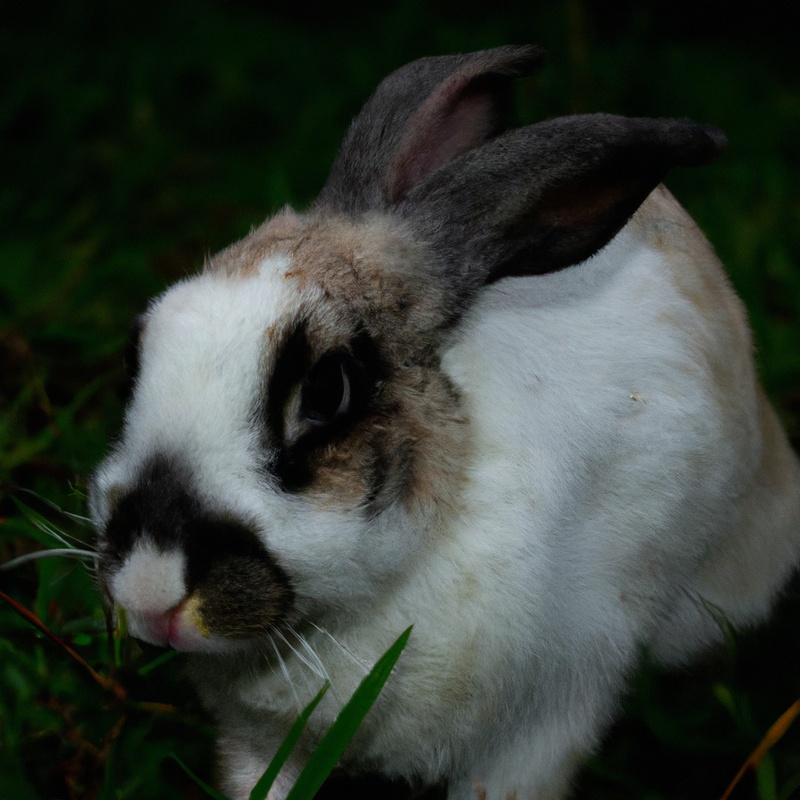
Creating a Rabbit-Friendly Play Area
Creating a fun and safe play area for your rabbit is essential for their well-being and happiness.
Here’s how to design and set it up.
Importance of Providing a Play Area for Rabbits
Rabbits need a play area for their physical and mental well-being.
A play area allows them to exercise and explore, promoting a healthy lifestyle.
It also helps prevent boredom and encourages natural behaviors like digging and hopping.
To create a play area, provide toys, tunnels, and hiding spots.
Ensure that the play area is safe and secure, with no harmful plants or potential escape routes.
Regularly rotate toys to keep things interesting for your furry friend.
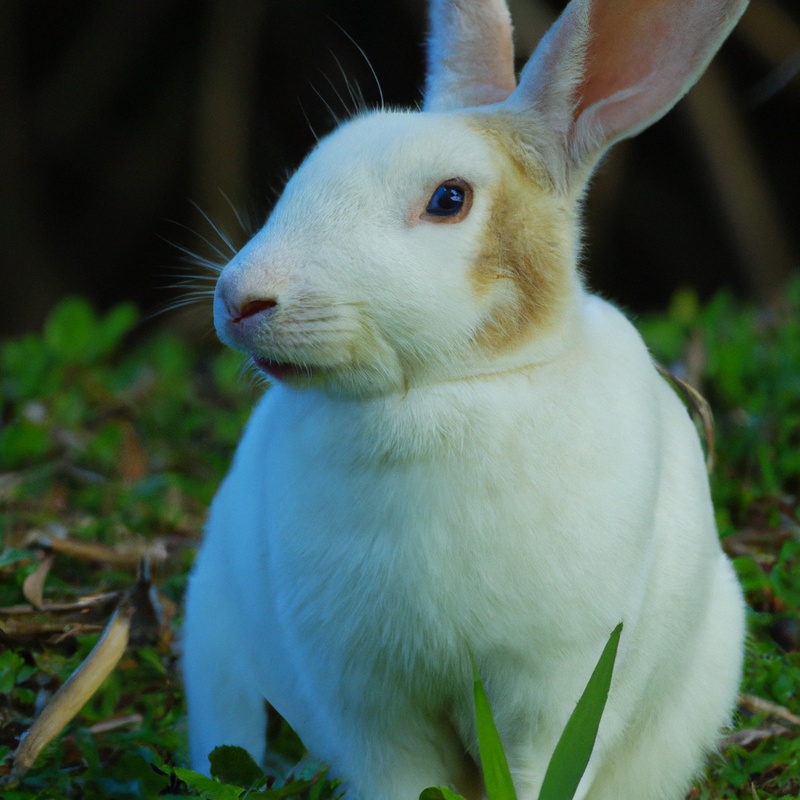
Features to Include in a Rabbit Play Area
When creating a rabbit play area, there are several important features to include:
- Hiding spots: Rabbits love to hide, so provide tunnels, boxes, or tunnels for them to retreat to when they feel the need.
- Chew toys: Rabbits have a natural instinct to chew, so include safe chew toys in their play area to keep them entertained and prevent them from chewing on furniture or wires.
- Elevated platforms: Rabbits enjoy being able to perch up high, so include ramps or platforms for them to climb on and explore.
- Safe flooring: Use materials like grass, carpet squares, or rubber mats on the floor to protect their sensitive feet and provide a comfortable surface to play on.
- Play structures: Incorporate items like PVC tunnels, ramps, or small obstacles for them to jump over or explore.
Remember to regularly check and clean the play area, as well as supervise your rabbit while they are playing to ensure their safety.
Tips for Designing and Setting Up a Safe and Enriching Play Area for Rabbits
When setting up a play area for your rabbit, safety and enrichment should be your top priorities. Here are some tips to keep in mind:
- Choose a secure location: Find a space indoors or outdoors that is safe and escape-proof for your rabbit. Remove any toxic plants or potential hazards.
- Provide ample space: Rabbits love to hop and explore, so make sure the play area is large enough for them to move around comfortably. Consider using playpens or baby gates to create a confined space.
- Include hiding spots: Rabbits are natural burrowers, so provide tunnels or boxes for them to hide in. This will make them feel secure and stimulate their natural instincts.
- Add toys and enrichment: Include toys that are safe for rabbits, such as tunnels, chew toys, and puzzle feeders. Rotate the toys to keep them engaged and prevent boredom.
- Consider flooring: Use a soft and non-slippery flooring material like fleece or grass mats to protect your rabbit’s delicate feet.
- Provide fresh water and hay: Make sure your rabbit has access to fresh water and hay at all times, even in the play area.
By keeping these tips in mind, you can design a safe and enriching play area that will keep your rabbit happy and healthy.
Frequently Asked Questions about Rabbit Housing Solutions
What size cage or hutch is recommended for a rabbit?
Rabbits need a cage or hutch that allows them to move freely and engage in their natural behaviors.
The recommended size for a rabbit cage or hutch is at least four times the length of the fully-stretched out rabbit.
This gives them enough space to hop, run, and stretch.
Additionally, the height should allow them to stand on their hind legs without their ears touching the top.
Providing a larger living area contributes to your rabbit’s overall well-being and happiness.
Can rabbits live indoors?
Yes, rabbits can live indoors! Many people successfully keep rabbits as indoor pets. It’s important to create a safe and comfortable environment for them.
Provide a spacious enclosure with plenty of room to hop, stretch, and play.
Make sure they have a private space for resting and hiding. Offer a balanced diet, fresh water, and regular exercise.
Always supervise them when they are out of their enclosure to prevent accidents.
Remember to bunny-proof your home to keep them safe from hazards.
How do I ensure my rabbit stays safe in a play area?
To ensure your rabbit stays safe in a play area, there are a few things you should keep in mind.
- Supervision is key. Always keep an eye on your rabbit when they are in their play area to prevent any accidents or escapes.
- Make sure the play area is bunny-proofed. Remove any toxic plants, cords or wires, and small objects that your rabbit could chew on or swallow.
- Provide ample hiding spots and toys to keep your rabbit entertained and engaged. This will also prevent them from getting bored and potentially getting into trouble.
- Check the play area regularly for any potential hazards or wear and tear. Repair or replace any damaged equipment or fencing to maintain a safe environment for your rabbit.
Can I use materials other than wood to build a hutch?
Yes, you can use materials other than wood to build a hutch for your rabbits. Some alternative materials that are commonly used include PVC pipes, wire mesh, and metal.
These materials can be sturdy and durable, providing a safe and comfortable living space for your furry friends.
However, it’s important to ensure that any materials you use are non-toxic and easy to clean. Additionally, consider the climate and weather conditions in your area, as some materials may not be suitable for certain environments.
Final Verdict
Providing the right housing for your pet rabbit is essential for their well-being and happiness.
While traditional cages offer convenience and flexibility, DIY hutches offer a more spacious and stimulating environment.
Additionally, creating a rabbit-friendly play area allows for exercise and mental stimulation.
Remember to choose the right size cage or hutch, consider indoor housing options, prioritize safety in the play area, and use suitable materials for building a hutch.
By implementing these tips and insights, you can ensure that your rabbit has a comfortable and enriching living space.

